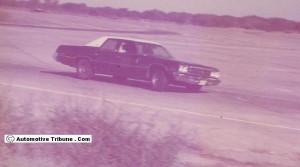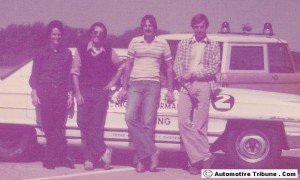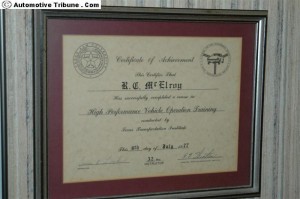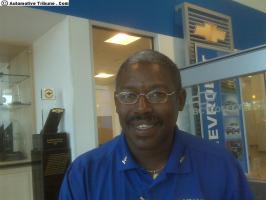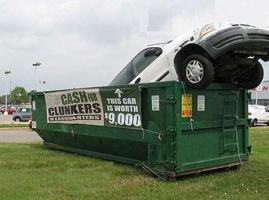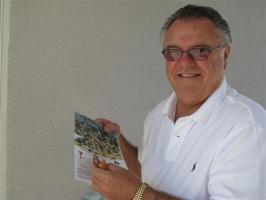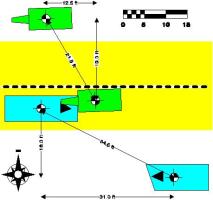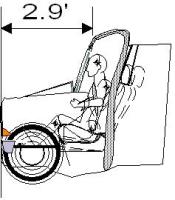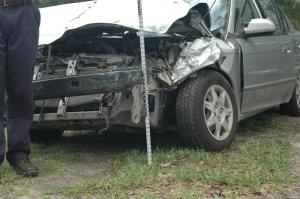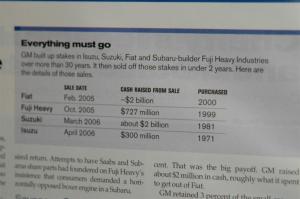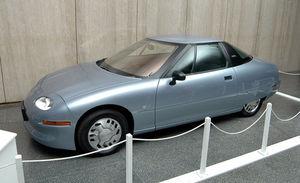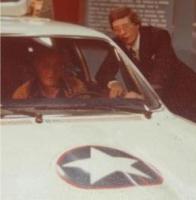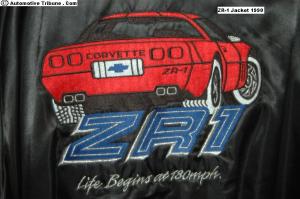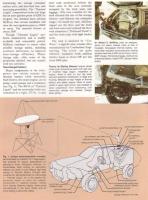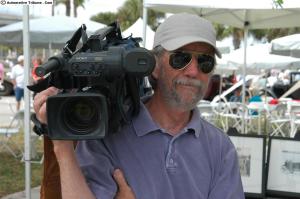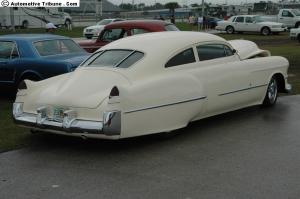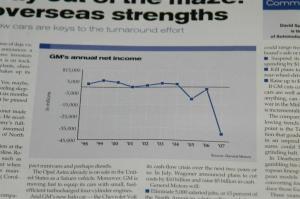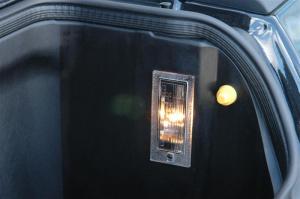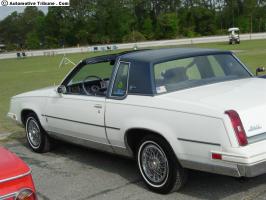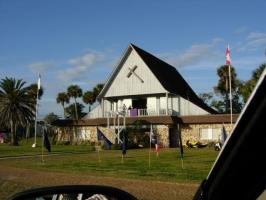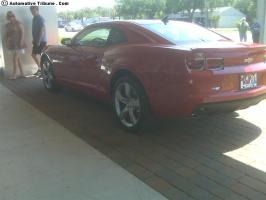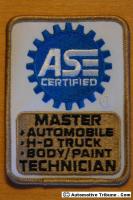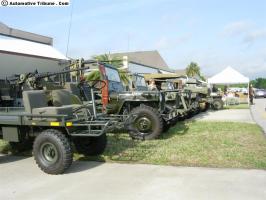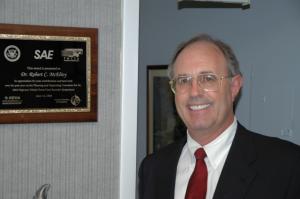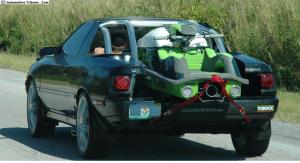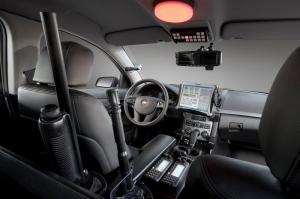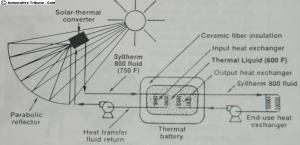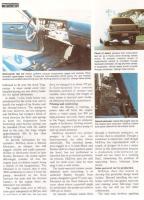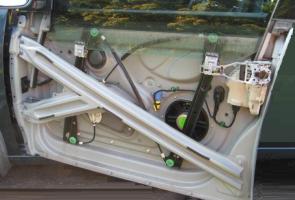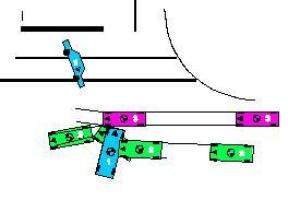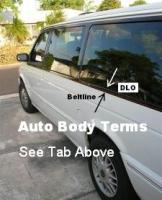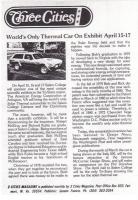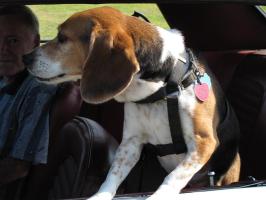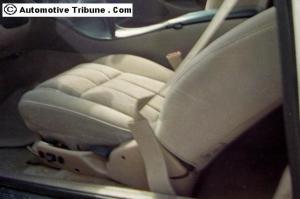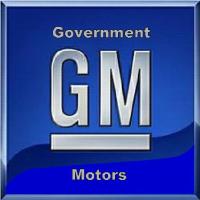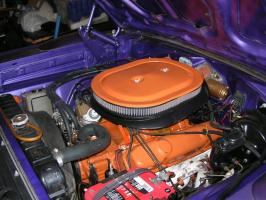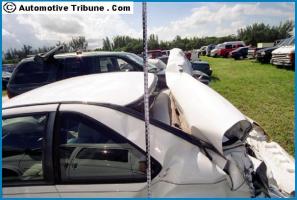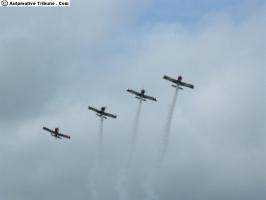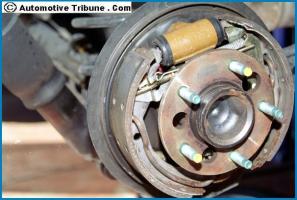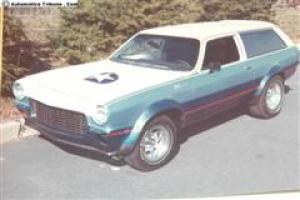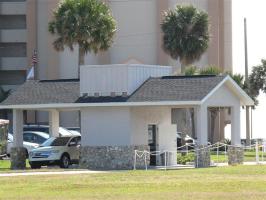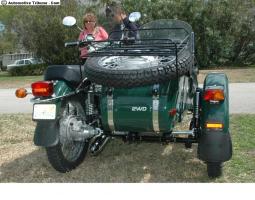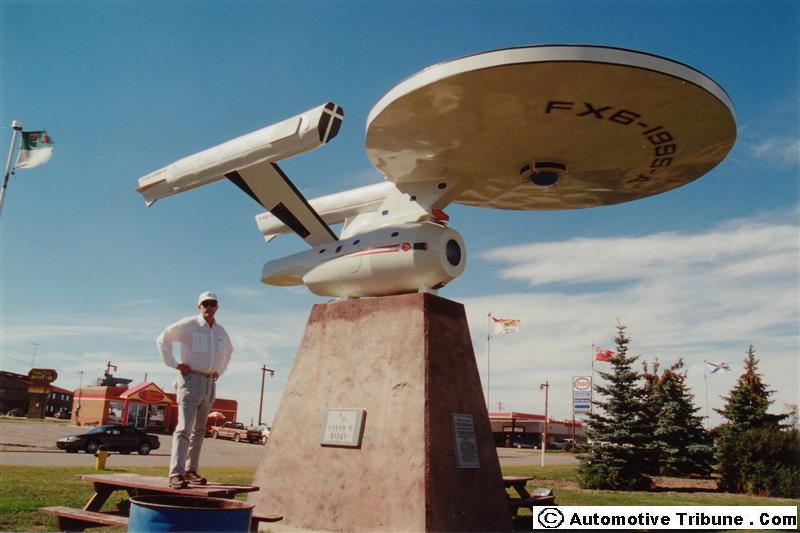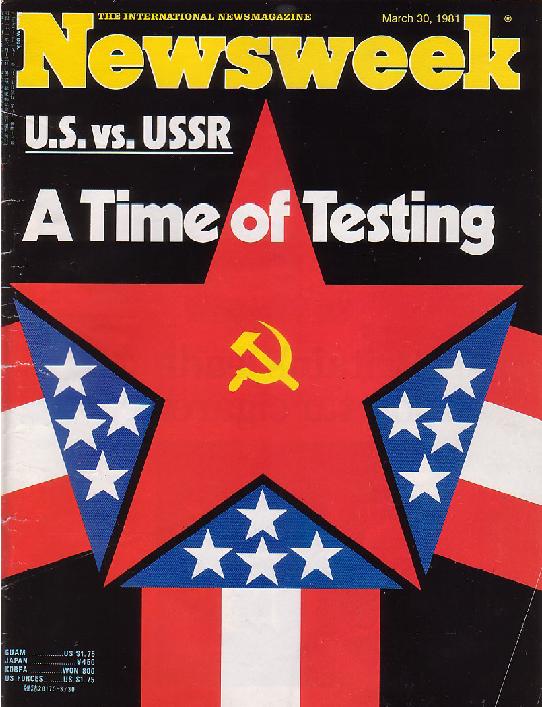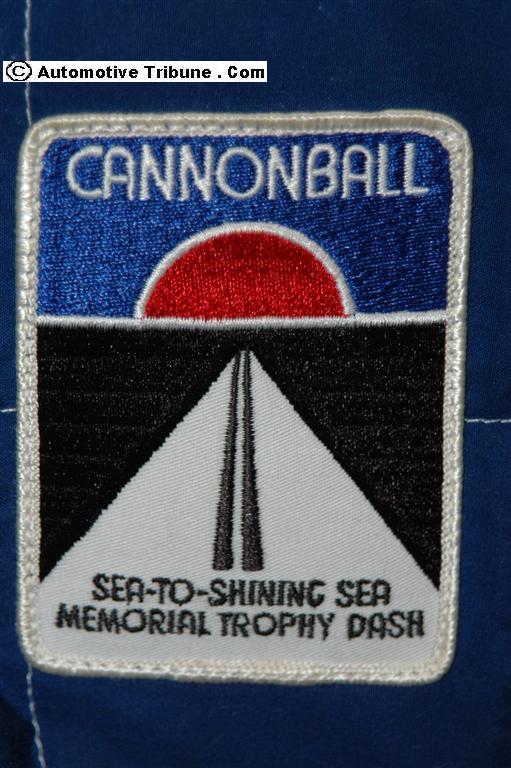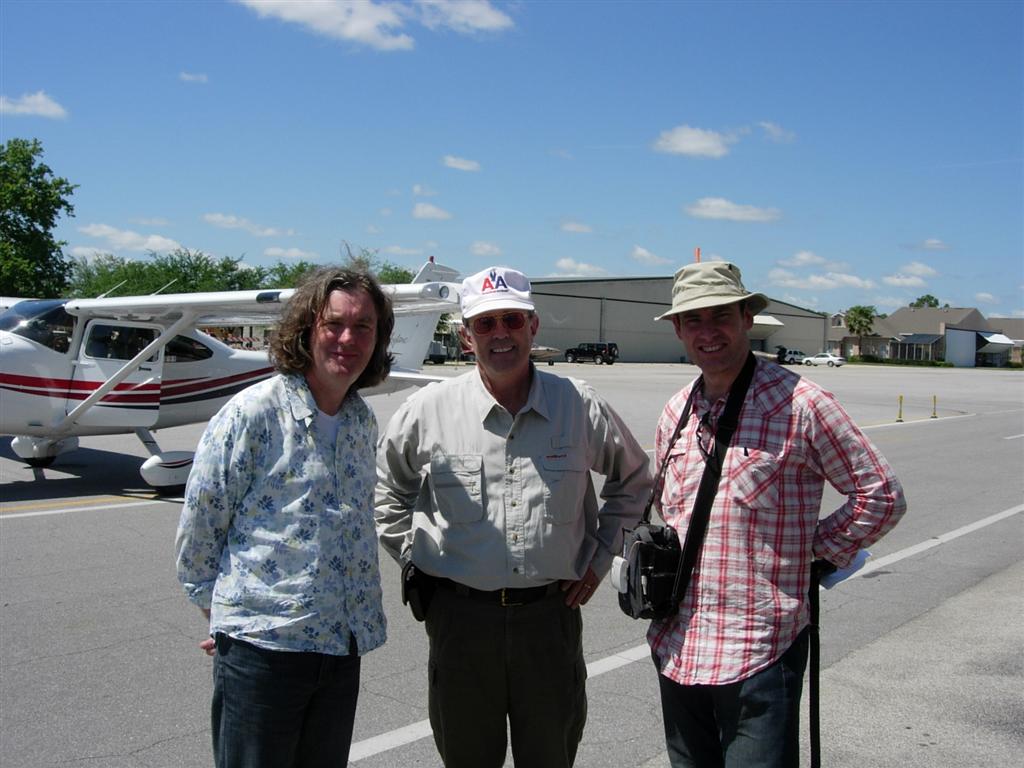Professional Driver Training in 1977
If you want to be a good driver then you should take a high performance driver training class. A Google search turned up 683,000 listings for “high performance driving school” with some focused results such as The Ultimate High-Performance Driving School Buyer’s Guide which lists more than 60 high performance driving schools in 180 locations. One of the longest running and most respected programs is the Bondurant school, and I’ll come back to them later in the article.
I have always felt that if you really wanted to get good at something then you should teach it. If you are going to hold yourself out as an instructor then you need to be good and in the process of going to the higher level of proficiency then you will have acquired a life long skill that is truly unique.
In the summer of 1977 I was a graduate student at Texas A&M University. Having completed all required course work I had only to finish my doctoral dissertation to complete the Ph.D. degree. Completion of the dissertation took two more years but that is another story in and of itself. A friend, fellow graduate student, and newly minted Ph.D., Dr. Mark Edwards was aware that I was a very successful driver with the Texas A&M Sports Car Club since my arrival at the University in the fall of 1974. That success was based on 8years autocrossing experience including the Penn State Sports Car Club, Sports Car Club of America, National Council of Corvette Clubs, Southeastern Confederacy of Corvette Clubs, and some time spent with the 1970 Formula Vee World Champion Bill Scott at Summit Point Raceway, WV working toward an IMSA license.
Along with fellow colleague Quinn Brackett, Ph.D., Mark had been responsible for getting the High Performance Driver Training Program or HPD up and running with Texas Transportation Institute (TTI), a division of the Texas A&M University System. Both Mark and Quinn had finished their degrees and it was time for them to move on from the HPD program and for the change of instructors. Along with James Locke and Edgar Blackledge, I was recruited for the program.
HPD was intended to provide Texas law enforcement officers the necessary training to return to their respective departments and train other officers. The curriculum incorporated elements of Bondurant, LAPD, in addition to selected maneuvers that were determined to be relevant to our specific student population. This was a 32 hour class that started at noon on Monday and ran through noon Friday.
A once in a lifetime job would be the way to refer to the program. It was high adrenaline and high risk. HPD facilities were at the Annex, which was a de-commisioned world war II airbase that had been turned over to the University for research activities. Many TTI highway transportation projects continue today at the Annex.
Key training activities include low speed road position, offset alley hazard avoidance, close quarter maneuvering, off road recovery, skid pad, and the one mile track. Each instructor worked with three students and a set of tires might last a week. A typical student that came in already had all the answers; they were the law and they knew how to drive. To acquaint the students on Monday afternoon, after the classroom time, we took them on the 10 cent tour. After taking the students through the various activities and heading back to our facility at about 60 mph the instructor would illustrate how to perform a set of controlled back-to-back 180 degree turns of the car. After experiencing a set of driving maneuvers that they had never been through the students would conclude that the fellow behind the wheel knew something that they did not. This was an essential part of the 10 cent tour.
These are old photos are from 1977. Each captures something significant, such as the old Ford skid car with mechanical controls for the instructor to disable front or rear brakes or all – which was typically not a good idea! The Gran Fury black and white had a 440 under the hood and a close look at the top photo illustrates the challenge of going fast with a big heavy car and the factory police package heavy duty suspension.
Every week something would happen like snapping an axle flange while the car was going sideways at 60; or watching the sheet metal buckle under your feet while the student driver loses control and impacts an embankment; or a ball of fire erupts under a car because someone put gasoline in a brake fluid can then the brake cylinder seals go away and gasoline sprays onto super hot brake rotors … you get the picture … did I mention that this Hollywood pyrotechnic car was headed straight toward me at major speed when the driver hammered the brakes to slow down producing an instantaneous gasoline explosion and fireball completely visible side-to-side all the way across under the front of the car. Pretty neat if I say so. We did implement some changes after this event, like no gasoline in the brake fluid can in our maintenance area.
On that axle flange separating, that was on a Ford Torino police package training car. The car was sideways in a curve at 60. I immediately felt the separation and tire rolling back through the sheet metal of the fender then the back of the car went violently up as the still vertical tire went under the rear bumper. I calmly told the student to apply controlled braking. I did not tell him that the exposed fuel tank (remember this was 1977 and exposed fuel tanks were under the trunk) was now skittering along at 60 mph in very close proximity to the concrete. After another failure we implemented a preventative maintenance axle change out policy which eliminated these dangerous failures.
We all lived through this once-in-a-lifetime experience. For everyone involved with the program it was special and unique. It was geat fun, educational, and memorable. If you really want to get good at something then teach it!

